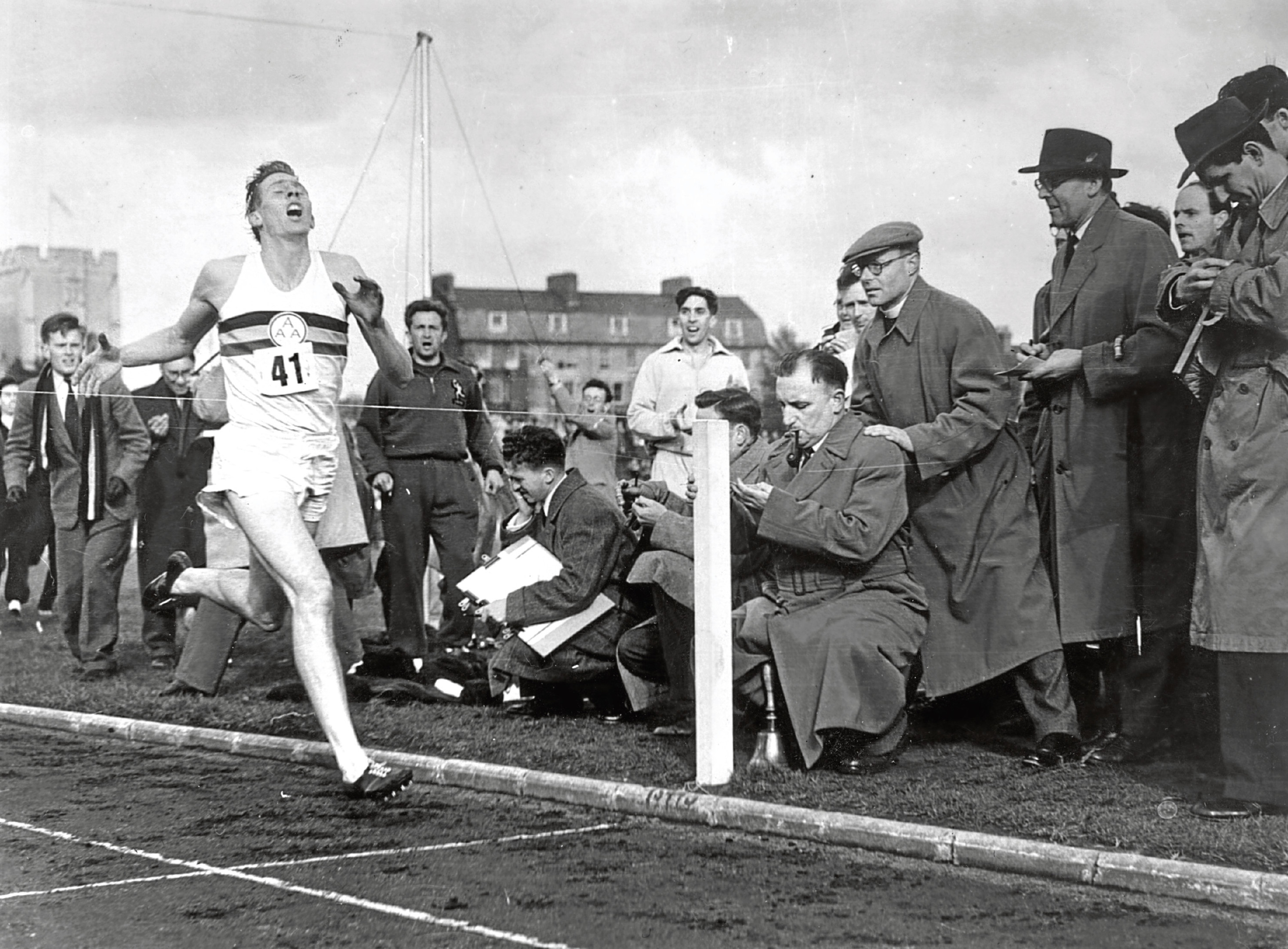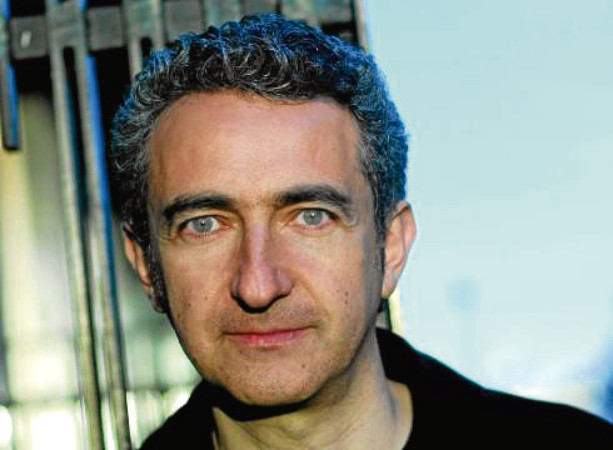
WE’RE always running out of it and wishing we had more to spare.
Now Timekeepers (Canongate), a fascinating new book full of compelling stories, explores one of our greatest obsessions. Author Simon Garfield tells Bill Gibb the Honest Truth about time.
How did the railways influence time?
They changed everything. Before the first inter-city journey between Liverpool and Manchester in 1830, people in towns and cities happily lived by their own time.
So, Oxford was five minutes behind London time, and Bristol was 10 minutes behind – the further west one went, the later it got, as schedules were largely dictated by the rise and fall of the sun. But trains needed timetables and so a uniform railway time came to spread throughout the UK and then the world.
What was the French Republican calendar?
It was a crazily ambitious thing. In 1793, a group of French revolutionaries decided that they not only wanted a new world order, but also a new calendar and a new clock.
The clock would have just 10 hours, and the calendar would replace the old Christian Gregorian one with a series of days and months named after plants, animals and agricultural tools such as the plough, cornflower and the otter.
The really extraordinary thing was the fact that both the calendar and the clock lasted several years until Napoleon Bonaparte put an end to it all.
Why does time seem to slow down during, say, an accident?
Accidents are dramatic and unusual events in our lives. As a result, they lay down vivid memories in two small portions of our brain known as the amygdalae. Our brain tries to construct a proper narrative out of what has happened. Because this narrative is new it seems to last a lot longer than the second or two it actually did.
Tell us about time eccentric William Strachey.
He was a classic Victorian eccentric. He was a civil servant in Calcutta, but when he returned to England he decided to continue living on Calcuttan time, some five-and-a-half hours ahead of London. He also once bought a hydraulic bed that would wake him up by tipping him into his bath, but it infuriated him so much that one day he woke up and smashed it up.
What influence did time play on The Beatles?
I spend a fair bit of space in my book writing about music, why songs are the length they are, and how they decided how long the CD ought to be.
There’s also a section about The Beatles. Their career moved from the point where the first album was recorded in a single day to the point where Strawberry Fields Forever took 55 hours.
Why was the four-minute mile such a big deal?
I’ve always been fascinated by Roger Bannister – we went to the same school.
People had been trying for decades to run a mile in under four minutes, and until Bannister did it on a track at Oxford in 1954 some thought it might be impossible. But just a few weeks after he broke the record his leading competitors also ran sub-four minute miles. So it was as much a psychological barrier as a physical one.
Tell us about the napalm photo.
That extraordinary photo of a group of children fleeing in terror, with the figure of Kim Phuc in the middle, was taken by Nick Ut in Vietnam in 1972.
I talked to him about the split-second that created a photo which many people believed shortened the length of the war. He told me other photographers were there but, while changing the films in their cameras, the key moment passed them by.
READ MORE

Enjoy the convenience of having The Sunday Post delivered as a digital ePaper straight to your smartphone, tablet or computer.
Subscribe for only £5.49 a month and enjoy all the benefits of the printed paper as a digital replica.
Subscribe